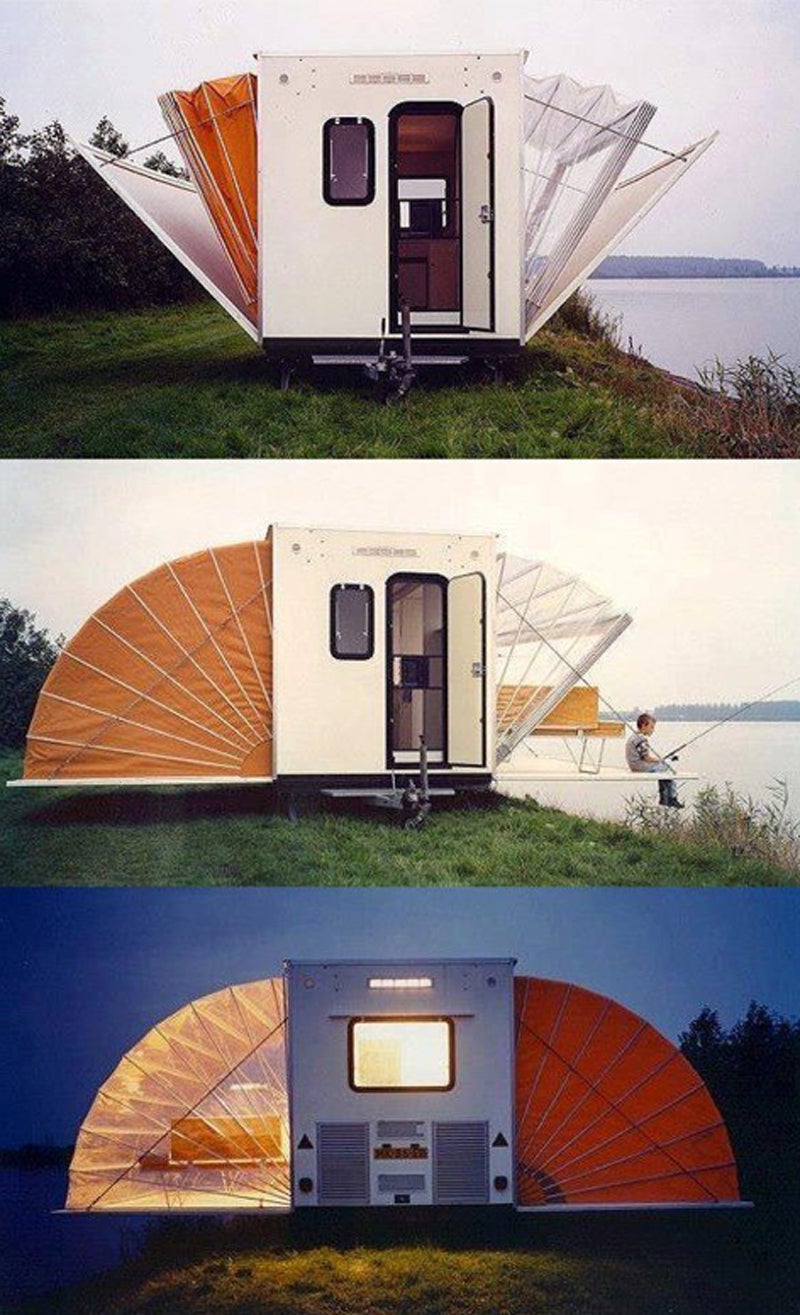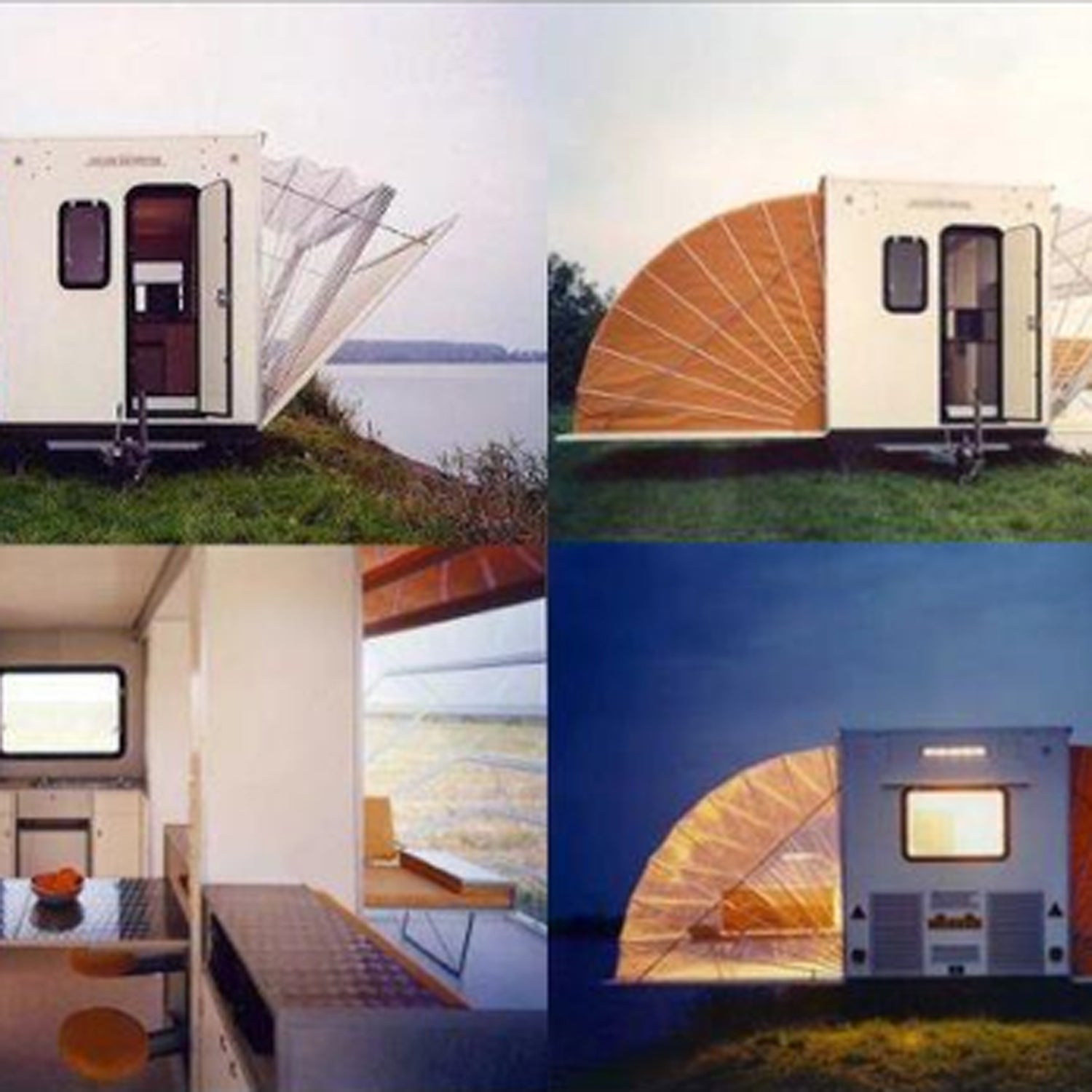In May 1972, MOMA put on a five-month show highlighting some of the world’s best new mobile environments. It was called “Italy: The New Domestic Landscape” and it featured a dozen transportable homes for modern living.
One of these 12 designs resurfaced when Adrian Grenier and Peter Glatzer’s website posted a of it on their Facebook page. It’s a lightweight aluminum house by the Italian designer .
The house extends out in four directions via telescoping runners, hinged floors, and accordion walls. It has resurfaced in art exhibitions over the years, most famously in a called that . Still, it’s a wonder that a camper close to Roselli’s “Expandable Living Container” hasn’t been produced for Americans seeking to move around the country, especially when you see the inside.

The unit transforms from a 7-by-14-foot trailer into a 20-by-29-foot living space that can accommodate five to six people. The creation includes a bathroom, a kitchen, a closet, a terrace, and space for beds. The original design was built to be included on the back of an open truck bed and then moved onto a platform.
Here’s how a MOMA 1972 press release presented Roselli’s new design:
Rosselli sees the problem of the conventional mobile home in terms of the conflicting requirements of movement and repose, with movement demanding a small, compact form and repose the maximum expansion of potential space.
“The strictly habitable parts of vehicles designed for the road, therefore, often turn out as a miniature form of a real dwelling, with all living functions reduced to the very meager scale demanded by the road,” Rosselli says. “But surely we can overcome the limitations of the mobile house by giving it a new form of expression, discovering in it the concept of the mobility of interior space, and of its transformation and connection with other spaces. Contemporary technology permits us to extend mobility and expansion through the use of lightweight materials and more highly developed mechanisms for various types of land or air transport.”
What do you think? Does Roselli’s design deserve a reincarnation with some wheels?


